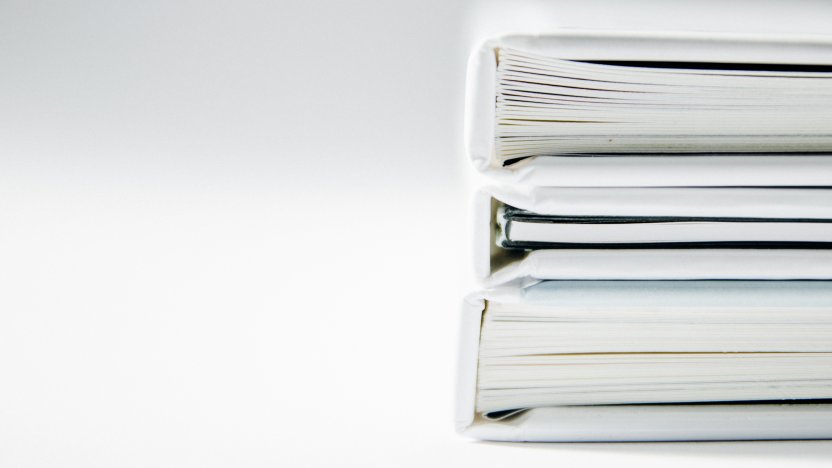Trademark tips: Preparing evidence of use

The need to file evidence of use can crop up in many cases and the requirement to show historic use can cause problems for businesses. Failure to provide adequate evidence could have a devastating impact on a case. Vanessa Harrow explains why preparation is so crucial and provides some best practice advice.
As we examined previously, trademark rights can be vulnerable to cancellation actions where brand owners are not able to demonstrate evidence of use. However, this isn’t the only time that a company may be called upon to substantiate use of a trademark. There can be any number of actions where evidence of use is needed, including:
- To overcome a descriptiveness/non-distinctive trademark refusal by showing acquired distinctiveness gained through use.
- To secure or maintain a registration where use is a requirement of registration (e.g. the US).
- To defend a non-use cancellation launched by a third party.
- To enable you to rely on registered rights which are now subject to a use requirement.
- To enforce unregistered rights acquired through use.
The evidence must show use of the trademark, in the relevant territory, in relation to the goods/services and it must cover the relevant period. This period will vary in each case, but this can include evidence to show current use, evidence to show use within the last three to five years or even evidence dating back to the very first use of the mark.
Fail to prepare and prepare to fail
The need to gather evidence of use for trademark matters is often not considered during the life of brand promotion. This can lead to difficulties if you are suddenly in a position where you have a short time, perhaps as little as two months, to gather evidence showing historic use of your trademark. As set out in our recent article on proving genuine use of an EUTM, a case may turn on the adequacy of the evidence of use supplied. Failure to submit suitable evidence can lead to an otherwise successful case being lost.
Which type of evidence is best?
The type of evidence that you will be required to supply will ultimately depend on the action at hand but, as a general rule, the following items are extremely helpful to evidence use:
- Photographs showing the mark embossed, printed, transferred or otherwise applied to goods;
- Labels/tags (these are best evidenced with dated design drawings and/or photographs);
- Packaging/storage or transport boxes (these are best evidenced with dated design drawings and/or photographs);
- Brochures, leaflets, price lists etc.;
- Company stationery (if shared externally);
- Invoices;
- Show cards/display devices (these are best evidenced with dated design drawings and/or photographs);
- Photographs of exhibition stands and the like;
- Independent press publications/third-party commentary;
- Extracts from advertising (including printed, online, TV etc.);
- Photographs of vehicles or company property bearing the mark; and
- Website extracts.
Evidence gathering: best practice
Keep a store of material showing use of your trademark. The strongest evidence will be dated and ideally, the country of use should be clear.
When assessing and storing evidence, consider:
- Does this show the mark?
- Is it clear from the evidence what goods/services the use relates to? (If not, make a contemporaneous note of this information.)
- Does the evidence show a date? (If not, make a contemporaneous note of this information.)
- Does the evidence show a location? (If not, make a contemporaneous note of this information.)
- Does the evidence contain any information which should remain confidential? If so, can this be redacted?
If evidence is gathered each year and stored safely, you will ultimately have a wealth of material available to ensure the best case is presented if and when evidence of use is needed.
If you require any further information or guidance on evidence gathering, please contact one of our trademark attorneys below.
Vanessa Harrow is a Managing Director, Trademarks at Novagraaf in the UK.